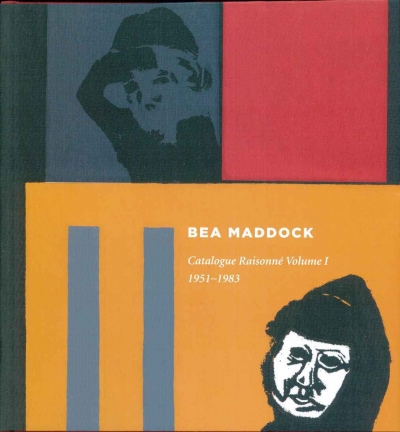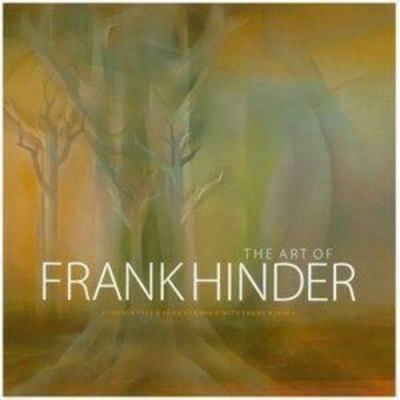A striking work by Adrian Feint and Hera Roberts appears on the cover of Modernism & Australia: Documents on Art, Design and Architecture 1917–1967. It shows an aeroplane, a locomotive and an ocean liner travelling in opposite directions through a vivid landscape of radiating lines and concentric circles. On the circular forms, which are reminiscent of abstract paintings by the French artist Robert Delaunay, we read the legend ‘Paris, Rome, New York, Cairo’; on the diagonal lines, ‘Hobart, Melbourne, Brisbane’. This 1928 work is typically modernist for its celebration of the exciting possibilities of modern technology, and in its use of bold colour areas and geometric shapes. It is also a declaration of a perceived, or wished-for, globalisation of culture, which Feint and Roberts, by adopting styles from international modernism, have realised in the work’s very design.
...
(read more)



